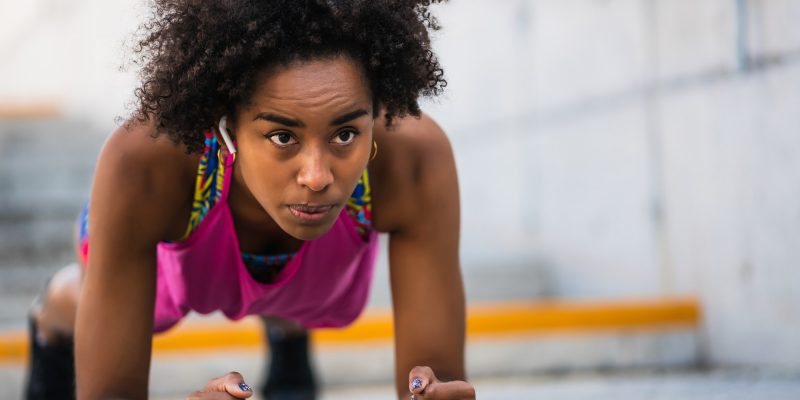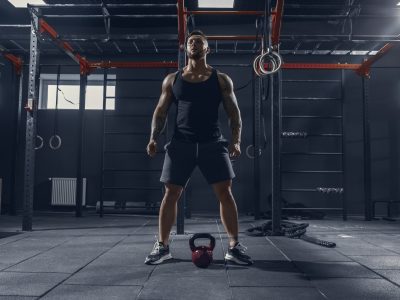
Assistant Beauty & Health Editor
Assistant Beauty & Health Editor
Hannah Frye is the Assistant Beauty Editor at mindbodygreen. She has a B.S. in journalism and a minor in women’s, gender, and queer studies from California Polytechnic State University, San Luis Obispo. Hannah has written across lifestyle sections including health, wellness, sustainability, personal development, and more.
Image by Stocksy | Studio Firma
July 25, 2024
We carefully vet all products and services featured on mindbodygreen using our commerce guidelines. Our selections are never influenced by the commissions earned from our links.
When you picture a running shoe, what do you see? Let me guess: a super cushiony, cloud-like sneaker with plenty of bounce. If that’s the case, you’re not alone. Many of us imagine this as the perfect running companion.
However, on a recent episode of the mindbodygreen podcast, foot health expert and chiropractor Courtney Conley, D.C., challenges this notion with a starkly different recommendation. Get ready to toss everything you thought you knew about running shoes out the door.
Why more cushion isn’t always better
“It’s kind of a misconception that we need more cushion to feel better; it’s actually quite the opposite,” Conley explains. When you walk or run barefoot, your foot strikes the ground lightly. You wouldn’t slam your heel down because you can feel the ground—something cushion-packed shoes prevent.
Think of it as a false sense of security. Cushioned shoes make your feet feel safe and protected from impact when, in reality, they numb you to the pressure you’re putting on your feet.
Wearing cushioned shoes can lead to a host of problems. First, you might start to overstride. This is an issue because the farther your foot is from your body’s center of mass, the more strain you put on joints like your knees and hips.
Moreover, cushioned shoes deprive your feet of the chance to feel the ground and strengthen the receptors on the bottom of your foot. As you age, the sensitivity on the bottom of your feet naturally declines, which can lead to a partially numb feeling, increasing the risk of mobility-ending falls.
Walking barefoot (or close to it with zero-drop shoes) allows your feet to feel the ground beneath you. Over time, this can keep those receptors fresh and ready for impact.
An expert-approved list to get you started
Now if your closet is filled with cushioned shoes and you’re ready to make the switch, you can start here with the expert-approved list of brands Conley mentions in this episode:
When cushioned shoes make sense
The above brands are great for easing into some more natural fits, but it’s not necessary to ditch every pair of cushioned shoes you own. While high-cushion shoes aren’t ideal for everyday wear, Conley acknowledges they have their place. For example, when she’s walking around a city like New York, pounding the pavement for hours, she’ll opt for a more cushioned shoe to ease the impact.
However, even these shoes should have a wide toe box to keep your foot in its natural position, preventing your toes from cramping after a long day.
The takeaway
Highly cushioned shoes prevent your feet from truly feeling the ground, leading to increased weight on your knee and hip joints. What’s more, opting for cushioned shoes all the time leads to fewer chances for your feet to gain strength. For more actionable tips (including some at-home foot strength workouts) tune into the latest episode.
You can watch the video interview on YouTube or listen in on Apple Podcasts.





